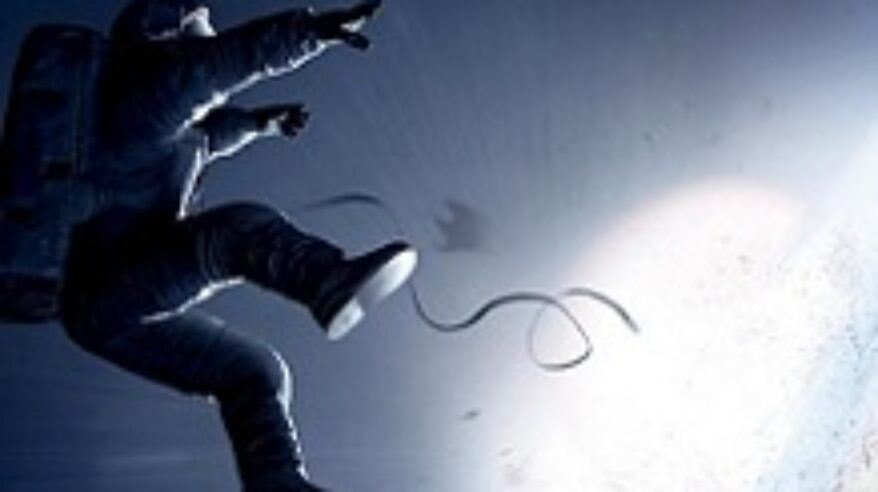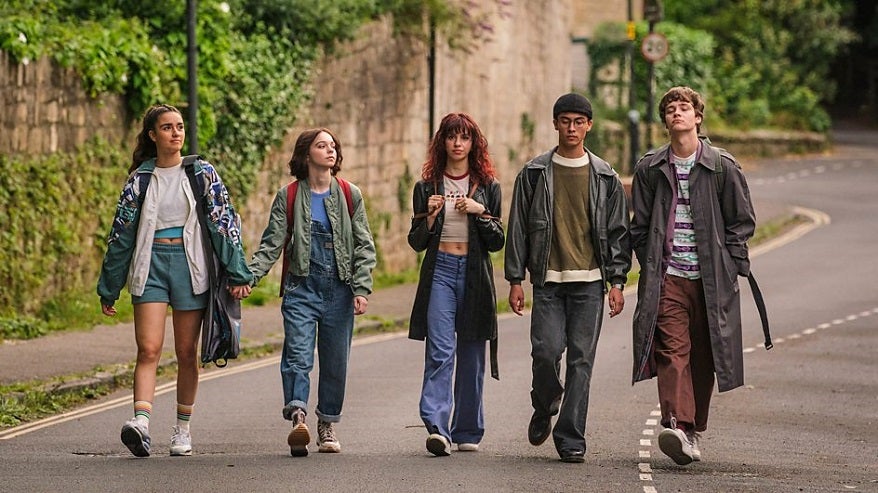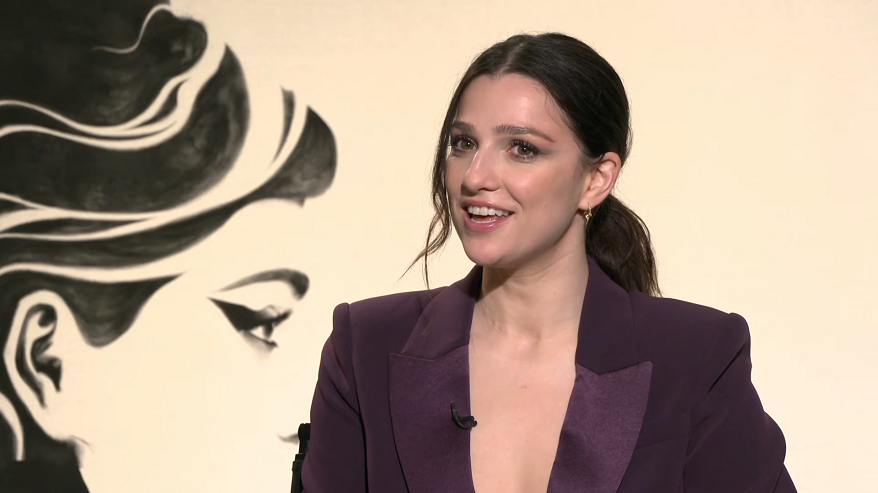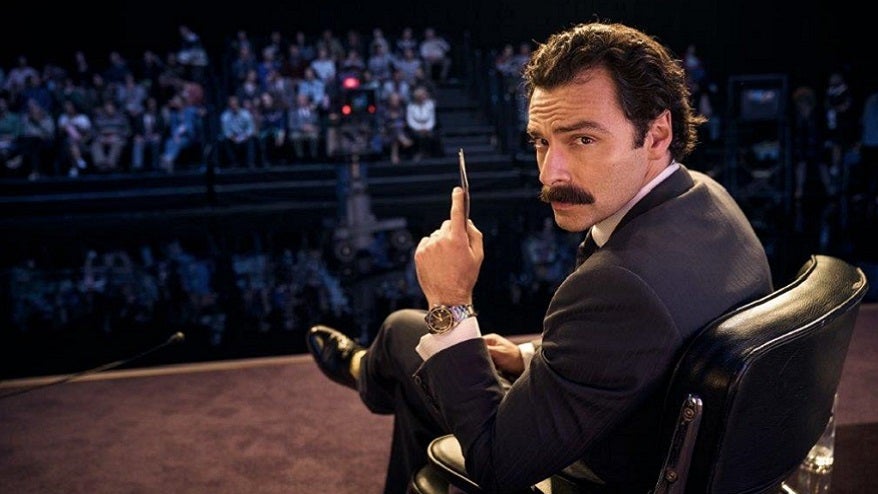Looking at the future of 3D

Oscar-winner Alfonso Cuarón’s remarkable use of 3D technology has given the compelling format a phenomenal boost. Employing 3D “not for the sake of fake excitement” but as a creative tool, the Gravity director has created a thoroughly immersive experience, resulting in a staggering 89% of moviegoers worldwide choosing to see the gripping sci-fi thriller in 3D.
“This is not at all surprising,” says RealD’s managing director Robert Mayson. “The demand for 3D has been there right from the early days of cinema, it is the technology that was crude and simply couldn’t live up to audiences’ expectations, but that has all changed with sophisticated digital technology.”
The huge commercial success of Gravity and its seven Oscar win has reiterated 3D’s unparalleled ability to deliver a truly engaging experience and elevate audiences to a higher level of film enjoyment.
Echoing Cuarón’s belief that “experiencing this film in 2D is only getting about 20% of the experience of Gravity”, Mayson testifies – not unbiased of course – to being “fully immersed” in the 3D version of the movie while Gravity in 2D has left him feeling “cheated”.
Furthermore, the film’s box office success highlights Mayson’s firm conviction that “any film can benefit from 3D” providing directors “fully master the 3D tool in order to achieve great results”. Famously pedantic Cuarón has reportedly laboured over the Bullock/Clooney vehicle for four and a half years, three and a half of which were dedicated to 3D work (created at the design houses Framestore and Prime Focus).
“Alfonso has experimented a lot with the issue of weightlessness and where to place the actors,” explains Mayson, “to us at RealD, all 3D releases are ground-breaking but it is the gripping aspect of weightlessness that distinctly sets Gravity apart.”
Â
3D goes mainstream
It has taken a major Hollywood production to revamp the 3D format but it is important to note that 3D technology is no longer the exclusive domain of multi million budget productions – such as feature film Stalingrad which just got released in the UK.
With operas, animations and documentaries – for example the brand new Cathedrals of Culture by Wim Wenders) – currently utilizing the medium, it is safe to say that the Hollywood model has successfully been applied to filmmaking in general. This is also due to the falling post-production software and conversion costs which add to the feasibility of the format for smaller studios and even independent filmmakers.
From Chicken Little to Avatar
RealD’s own 3D journey began in 2003 when the company was set up, but it was two years later, with computer animated Chicken Little, that the breakthrough came.
“We rose to Disney’s challenge to find one hundred screens in North America on which to show the movie and the film was a huge success. The 3D version grossed 2.5 times more than the 2D version, which stunned people at the time. Some considered it a passing novelty but history has shown that’s not the case.”
From pioneering digital 3D, the world’s most widely used 3D movie technology in cinemas worldwide, to recyclable 3D eyewear that comfortably fits over prescription glasses, the company has gone on to invest in the digital technology. Figures released in 2013, less than ten years after Chicken Little’s milestone release, reveal RealD’s installations worldwide standing at a 23,500 total, with 13,100 installed in Canada and the US alone.
Â
<img alt="" src="https://live-tko-mbi.pantheonsite.io/wp-content/uploads/ckfinder/userf
Share this Article















